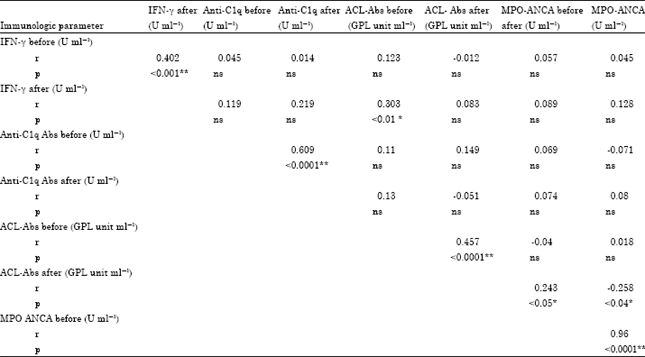Research Article
Role of Interferon-gamma and Immune Response Biomarkers in Predicting IFN-alpha Responsiveness and Treatment Outcome in Patients with Hepatitis C Virus
Department of Internal Medicine Mansoura Faculty of Medicine, El-Mansoura, Egypt
Asmaa Hegazy
Department of Internal Medicine Mansoura Faculty of Medicine, El-Mansoura, Egypt
Raghda E. Farag
Department of Tropical Medicine, Mansoura Faculty of Medicine, El-Mansoura, Egypt
Azza Abdul Baky
Department of Clinical Pathology, Ain Shams University Hospital, Cairo, Egypt
Lamiaa F. Arafa
Department of Medical Biochemistry, Mansoura Faculty of Medicine, El-Mansoura, Egypt
Amal Farouk
Department of Clinical Pathology, Ain Shams University Hospital, Cairo, Egypt











